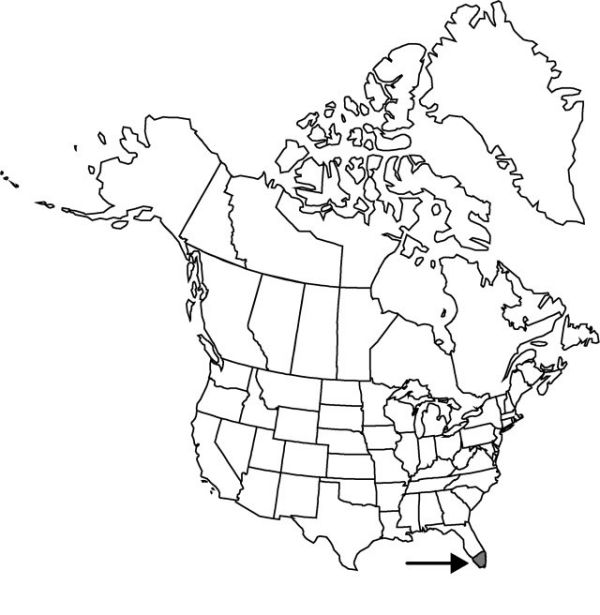Difference between revisions of "Prosthechea pygmaea"
Phytologia 82: 380. 1998.
FNA>Volume Importer |
FNA>Volume Importer |
||
| Line 15: | Line 15: | ||
|name=Aulizeum pygmaeum | |name=Aulizeum pygmaeum | ||
|authority=(Hooker) Bentham & Hooker f. | |authority=(Hooker) Bentham & Hooker f. | ||
| − | }}{{Treatment/ID/Synonym | + | }} {{Treatment/ID/Synonym |
|name=Aulizeum pygmaeum | |name=Aulizeum pygmaeum | ||
|authority=(Hooker) Lindley ex Stein | |authority=(Hooker) Lindley ex Stein | ||
| − | }}{{Treatment/ID/Synonym | + | }} {{Treatment/ID/Synonym |
|name=Encyclia pygmaea | |name=Encyclia pygmaea | ||
|authority=(Hooker) Dressler | |authority=(Hooker) Dressler | ||
| − | }}{{Treatment/ID/Synonym | + | }} {{Treatment/ID/Synonym |
|name=Hormidium pygmaeum | |name=Hormidium pygmaeum | ||
|authority=(Hooker) Bentham & Hooker f. ex Hemsley | |authority=(Hooker) Bentham & Hooker f. ex Hemsley | ||
| Line 39: | Line 39: | ||
|elevation=0–30 m | |elevation=0–30 m | ||
|distribution=Fla.;Mexico;West Indies;Central America;n South America. | |distribution=Fla.;Mexico;West Indies;Central America;n South America. | ||
| − | |discussion=<p>In Florida, flowers of some plants of Prosthechea pygmaea have been reported to be cleistogamous (C. A. Luer 1972).</p> | + | |discussion=<p>In Florida, flowers of some plants of <i>Prosthechea pygmaea</i> have been reported to be cleistogamous (C. A. Luer 1972).</p> |
|tables= | |tables= | ||
|references= | |references= | ||
| Line 63: | Line 63: | ||
|publication year=1998 | |publication year=1998 | ||
|special status= | |special status= | ||
| − | |source xml=https://jpend@bitbucket.org/aafc-mbb/fna-data-curation.git/src/ | + | |source xml=https://jpend@bitbucket.org/aafc-mbb/fna-data-curation.git/src/8f726806613d60c220dc4493de13607dd3150896/coarse_grained_fna_xml/V26/V26_1256.xml |
|subfamily=Orchidaceae subfam. Epidendroideae | |subfamily=Orchidaceae subfam. Epidendroideae | ||
|tribe=Orchidaceae tribe Epidendreae | |tribe=Orchidaceae tribe Epidendreae | ||
Revision as of 16:41, 18 September 2019
Plants creeping, to 12 cm. Stems: pseudobulbs spaced 3–4 cm, fusiform, somewhat flattened, slender, 20–40 × 3–8 mm. Leaves 2(–3, rarely), elliptic, 25–55 × 9–13 mm. Inflorescences racemes, sessile, 0.5 cm. Flowers 1–3, resupinate, successive, flowers and fruits may be present with capsules, light yellowish green to green or brownish green; sepals oblanceolate, apex acute; lateral sepals oblique, 5–6 × 2 mm; petals linear, 4 × less than 1 mm, apex acute; lip white with purple blotch on middle lobe, obreniform, middle lobe small, triangular, apex acute, lateral lobes suborbiculate, embracing column, 4 × 2 mm; anthers 1, orange; column white, 2 mm, apex 3-toothed. Capsules 1 cm.
Phenology: Flowering Oct–Feb; fruiting Feb–May.
Habitat: In swamps, infrequent but individual plants form large patches
Elevation: 0–30 m
Distribution

Fla., Mexico, West Indies, Central America, n South America.
Discussion
In Florida, flowers of some plants of Prosthechea pygmaea have been reported to be cleistogamous (C. A. Luer 1972).
Selected References
None.